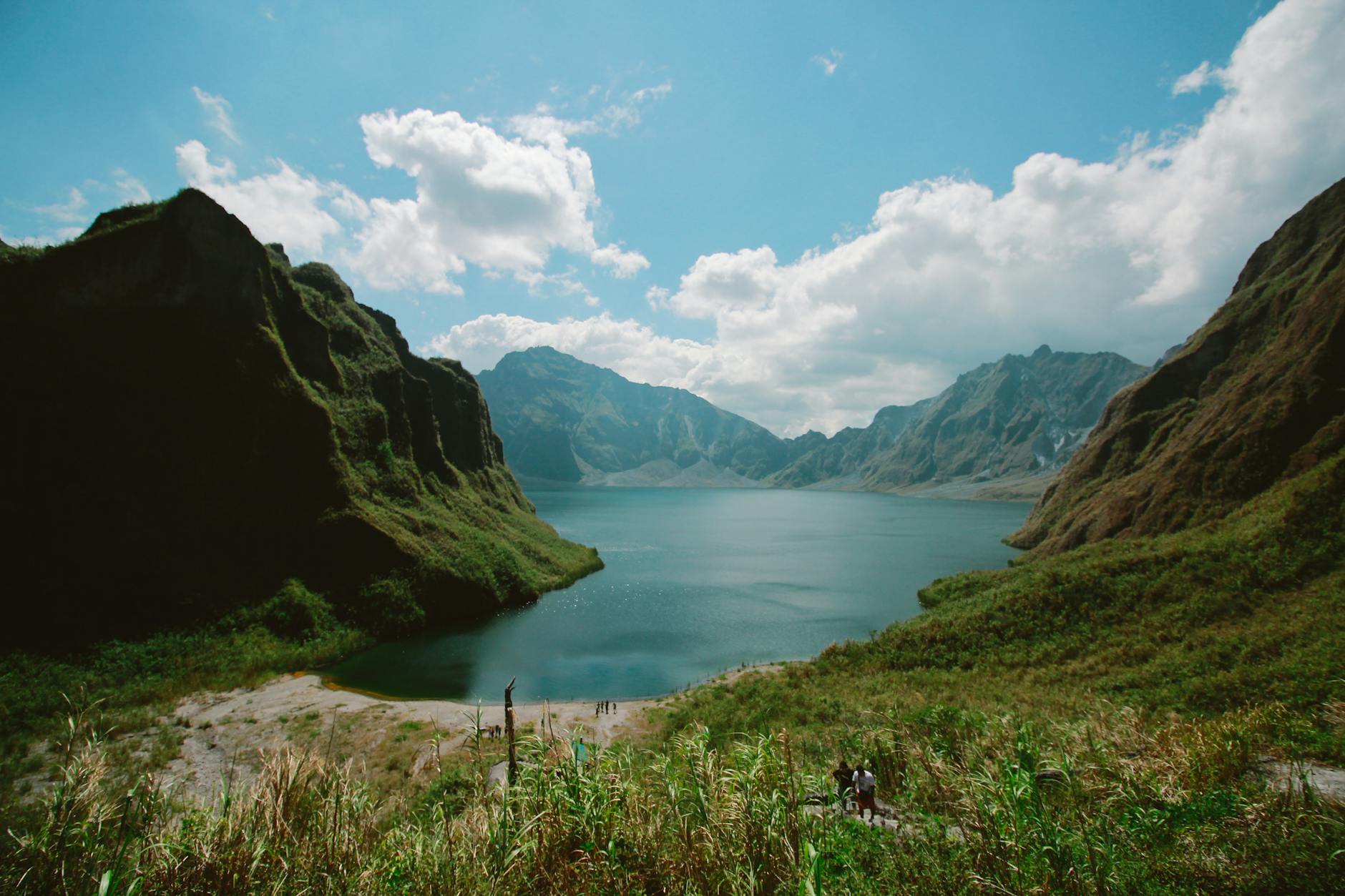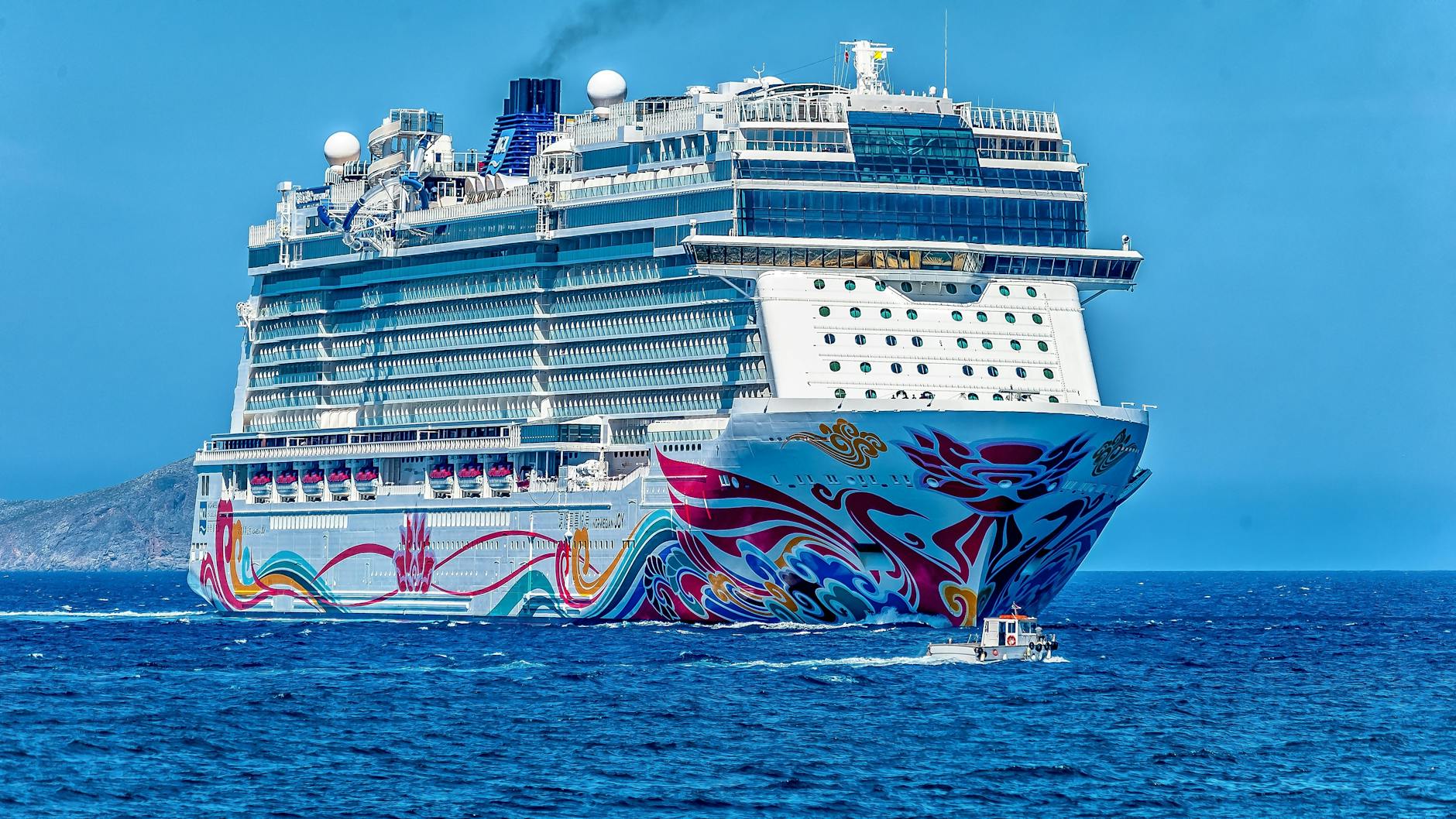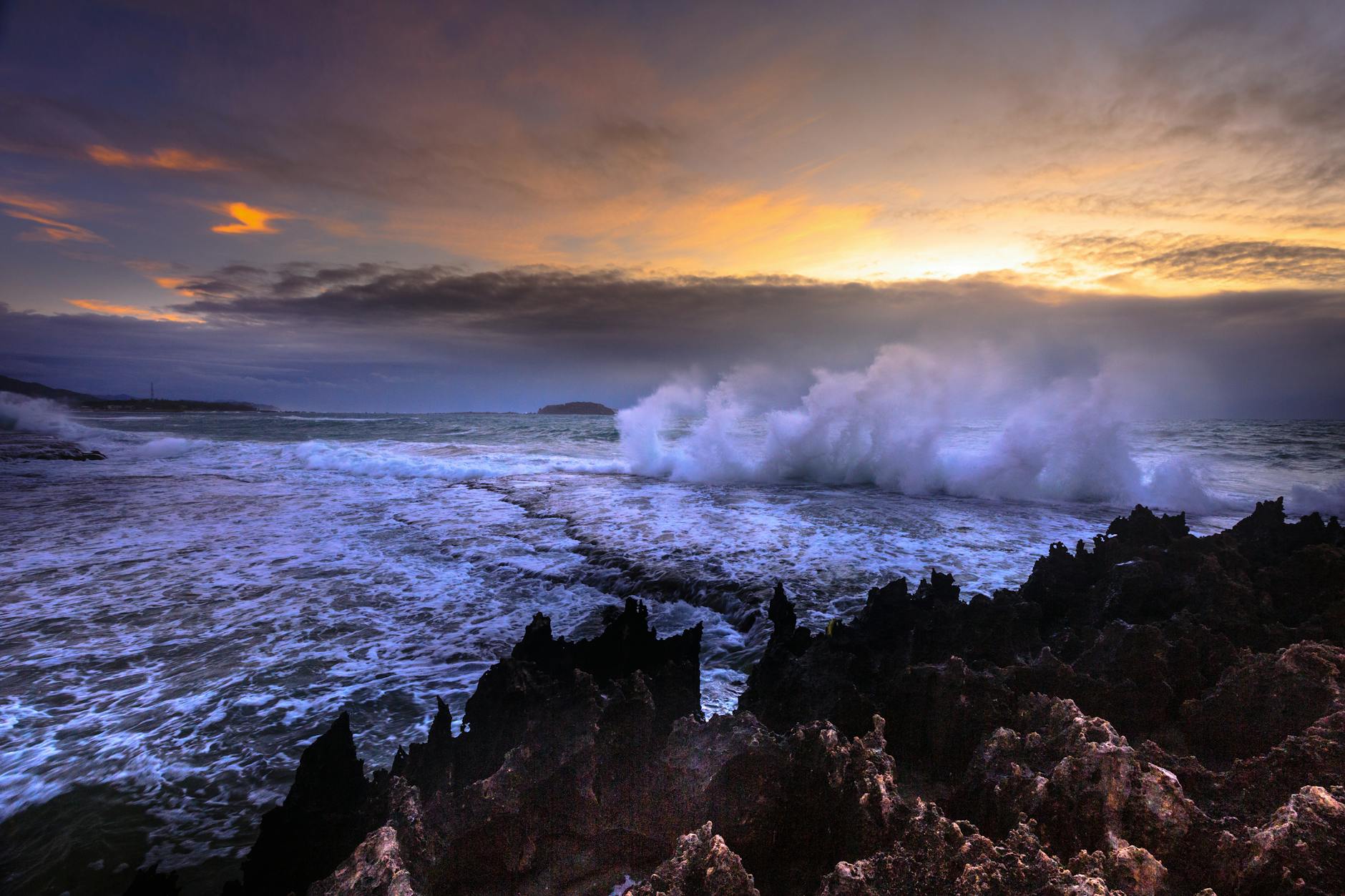How to Plan an Unforgettable Journey from Australia to Remote Destinations

Choosing the Right Destination
Venturing into remote locations for south american tours or Arctic adventures can be as thrilling as it is challenging. Having spent numerous weekends exploring the Royal Botanic Garden Sydney, I have developed an eye for selecting spots that offer both exploration and solitude. When researching travel destinations like the Galapagos Islands tours or planning Antarctic tours, it’s crucial to identify regions that align with your interests in marine biology. The Galapagos offers a unique ecosystem with diverse species, while Antarctica presents remarkable opportunities for studying climate impact on marine life.
Identifying Remote Locations
Picking out remote locations begins with understanding what each offers. If your focus is observing unique wildlife, consider the biodiversity-rich Galapagos. Meanwhile, the pristine icy landscapes of Antarctica provide a chance to study untouched ecosystems and climate change effects firsthand. Just as the Sydney Opera House stands as an iconic architectural landmark, these destinations are iconic in their field of natural wonders.
Evaluating Climatic Challenges
Analysing climatic conditions of your chosen destination is essential for a successful research trip. The unpredictable weather in Antarctica demands rigorous preparations, while the Galapagos may have periods of harsh sun and rain. Understanding these challenges prepares you for the demanding environments you're likely to encounter.
Considering Accessibility
Access to these regions often involves complex logistics. Flights to the Galapagos are limited, requiring thoughtful planning for seamless travel. Antarctic entry is typically via specialized ships equipped to handle extreme conditions. It's key to allocate time to consider travel plans as these spots aren't as accessible as a stroll through Barangaroo Reserve in Sydney.
Preparing for the Expedition
Creating a Detailed Itinerary
When preparing for an expedition, a meticulously crafted itinerary is essential. Consider the sequence and timing of activities to make the most of each day. For instance, if you're venturing on a south america travel experience, account for variables like time differences, local customs, and potential transportation delays. Similar considerations apply to an antarctica travel expedition, where weather and sea conditions might influence your schedule significantly. By planning in detail, you ensure a smoother journey, keeping in mind the unpredictability of some environments while remaining adaptable.
Gathering Necessary Permits
Securing the right permits is vital when travelling to remote areas. This process involves a deep dive into local regulations, which often vary based on your destination's conservation laws. For example, if you're exploring the icy realms of Antarctica, you'll need permits coordinated often through multiple international bodies, reflecting the region's environmental sensitivity. Likewise, venturing into certain places in South America might require permits that carry specific environmental or cultural stipulations. Having these permits in hand ensures that your journey respects local ecosystems and cultural sites.
Packing Essential Gear
Packing for remote expeditions demands careful selections to handle unique climates and challenging conditions. A South America itinerary might need light, breathable clothing for diverse climates, while an Antarctic expedition requires specialised cold‐weather gear, layered clothing, and equipment designed to withstand sub-zero temperatures. Additional essentials include reliable communication devices, emergency supplies, and compact, high-energy food reserves. Here’s a pro tip from an urban explorer: think about innovative solutions just like the design principles at Barangaroo Reserve, blending practicality with creativity to meet and adapt to diverse landscapes.
Ensuring Safety and Sustainability
Assessing Health and Safety Risks
When planning an expedition like antarctica cruises, understanding the nuances of health and safety is paramount. Travelling to extreme environments involves unique risks, such as hypothermia and frostbite, which require thorough preparation. It's essential to undertake comprehensive risk assessments and develop contingency plans tailored to the specific challenges of the region. This includes ensuring all team members undergo rigorous medical check-ups and are equipped with the necessary vaccinations.
Implementing Eco-Friendly Practices
The pristine environments of polar regions demand that we act with utmost responsibility. Emphasising eco-friendly practices during your galapagos tours, for example, is crucial to preserve the natural beauty and biodiversity of these locations. Opt for sustainable travel modes and ensure waste is minimized. Use biodegradable products and recycle whenever possible. Consider partnering with organisations that promote conservation efforts, which not only reduces your ecological footprint but supports crucial environmental initiatives.
Understanding Local Regulations
Familiarity with local regulations is not optional—it's imperative. Each region has specific guidelines for visitors, including permit requirements, restricted areas, and wildlife interaction protocols. Engage with local authorities and indigenous communities to gain insights and ensure compliance. Understanding the layered regulations helps avoid legal complications and fosters respectful relationships with local stakeholders.
Aligning with a sustainable and safe approach to travel allows us to experience and contribute positively to these remote regions. Sydney's Barangaroo Reserve, a testament to innovative landscape design, mirrors the potential of blending sustainability with exploration.
Maximizing Research Opportunities
Collaborating with Local Experts
Exploring new regions like the Antarctic is not just about visiting far-off places but gaining insights by working closely with local experts. This collaboration provides invaluable perspectives unique to the area, which is especially important during South America holidays when researchers might interact with native communities and scientists already familiar with these environments. One way to find these experts is through local academic institutions or research centres engaged in similar studies. Establishing partnerships can enrich your research with diverse viewpoints and methodologies, helping you gather comprehensive data on marine habitats and the effects of climate change.
Utilizing Advanced Technology
Deploying advanced technology is essential for capturing data in remote locations. Devices like drones and underwater robots can access areas that are otherwise difficult to reach, allowing for an examination of marine life and ecosystems without disturbing them. Incorporating such technologies also ensures accuracy and efficiency when collecting data, significantly contributing to the overall success of your research. Whether you are on a Galapagos cruise or navigating Antarctic waters, these tools can offer insights into oceanic wildlife and environmental conditions previously unimaginable.
Documenting Observations Effectively
Effective documentation is a cornerstone of successful research. It’s essential to maintain detailed records of all observations, measurements, and findings during your expeditions. This information can later be shared in academic publications or contribute to ongoing studies about climate change impacts. Consider using digital platforms for storing and organising your data, ensuring it's readily accessible for analysis and reporting. Robust documentation isn’t merely a procedural task; it enhances the contribution of your work to the scientific community, fostering a deeper understanding of our planet's changing ecosystems.
Best Practices
Embracing Remote Conditions
Navigating the vast and raw terrain of remote landscapes is akin to mastering a new art form. Much like the metamorphosis you encounter at Parlkand Slope in Barangaroo Reserve, these transformative experiences demand a balance of patience and adaptability. Whether you're venturing on Antarctica cruises or setting out on Galapagos tours, it's essential to familiarise yourself with the terrain's nuances. Prioritize research and connect with local experts to gain insights that can be as enlightening as a stroll through the Royal Botanic Garden Sydney.
Team Dynamics
In remote locations, the success of your adventure heavily relies on seamless team communication. It’s the same harmony required to appreciate the ebb and flow of the Sydney Opera House’s sails. Establish clear communication channels before you embark. Regular check-ins and updates ensure everyone is aligned, covering aspects like health, safety, and daily tasks. Remember, a well-synced team enhances both productivity and morale, much like the well-coordinated choreography of a dance.
Lifelong Learning
Travelling to remote destinations offers a unique opportunity for continuous learning—a concept as dynamic as the ever-evolving Sydney skyline. Keep an open mind and embrace each learning opportunity, whether it's a new skill or cultural insight. Be ready to adapt, as every expedition can offer unpredictable yet rewarding challenges. By embracing these experiences, you carry forward a wealth of knowledge that enriches not just your travels but your entire life.


